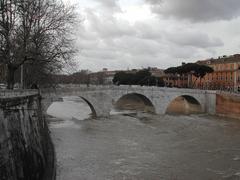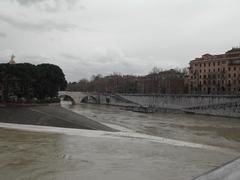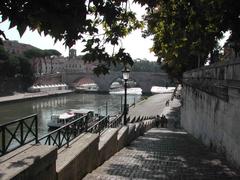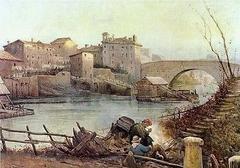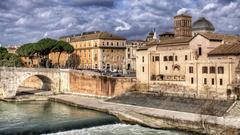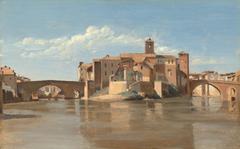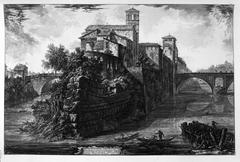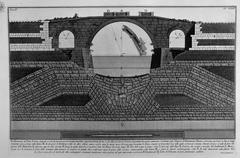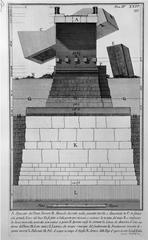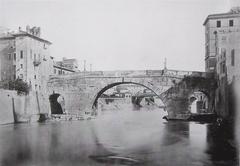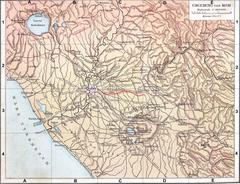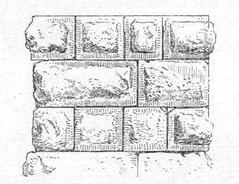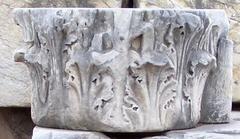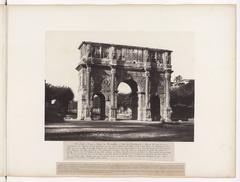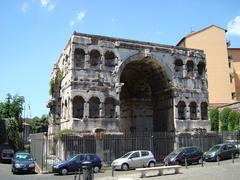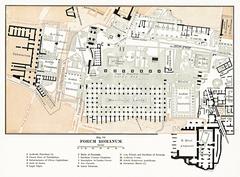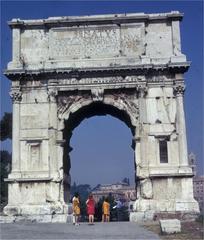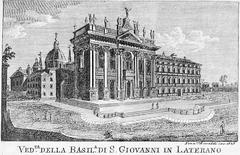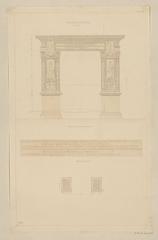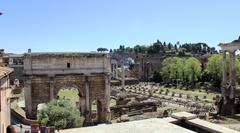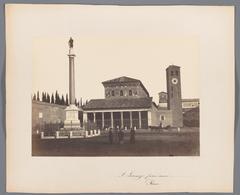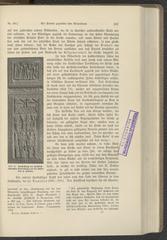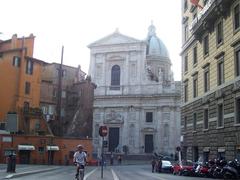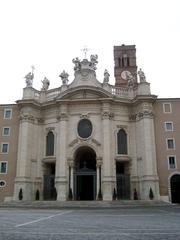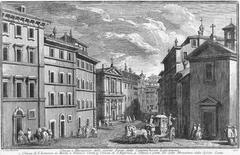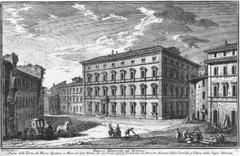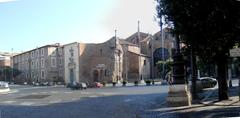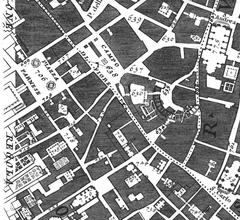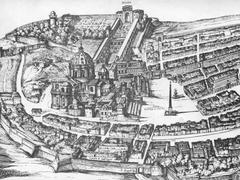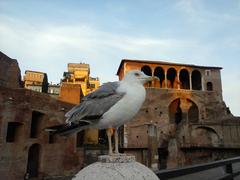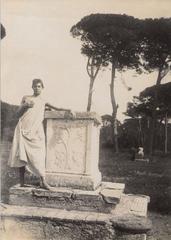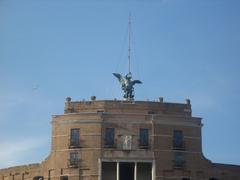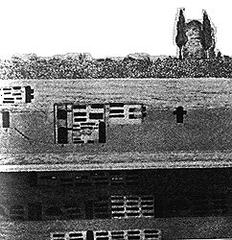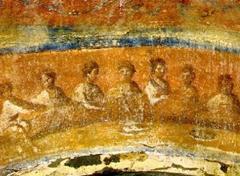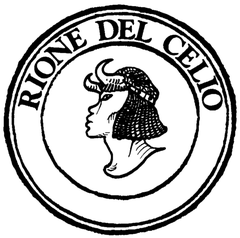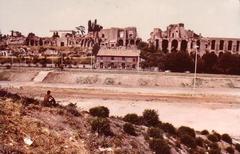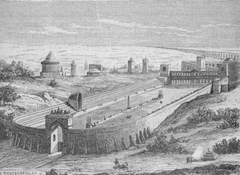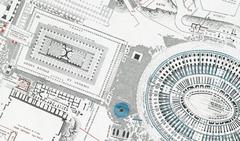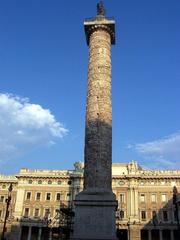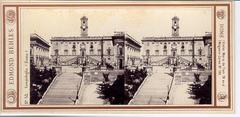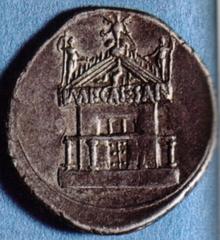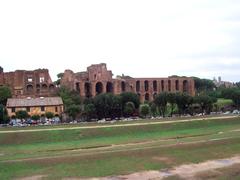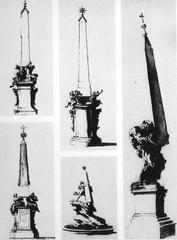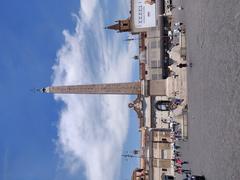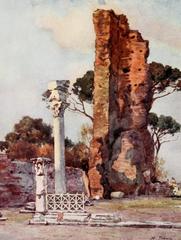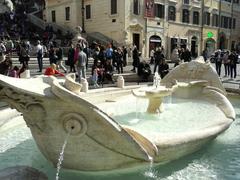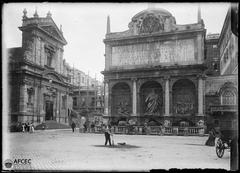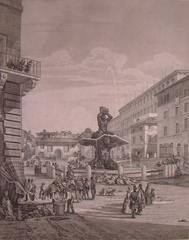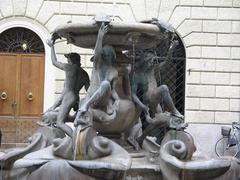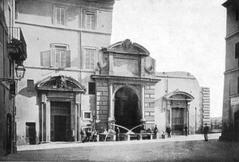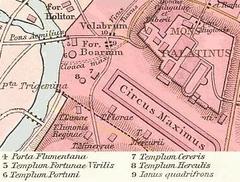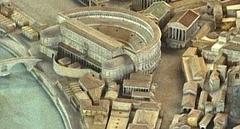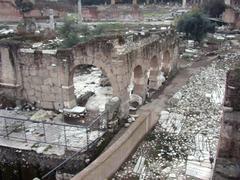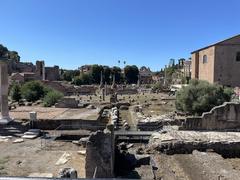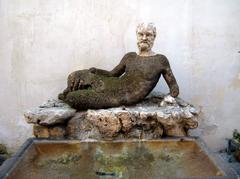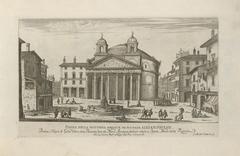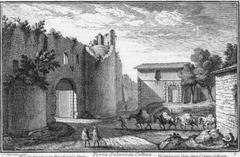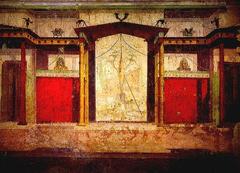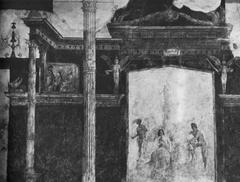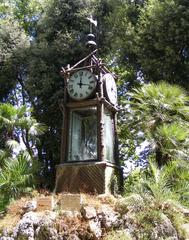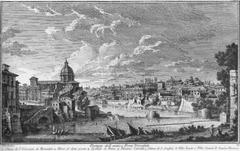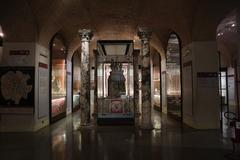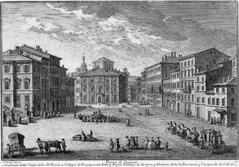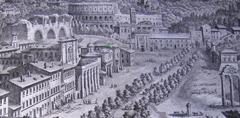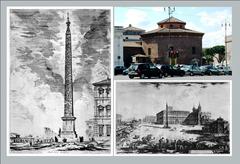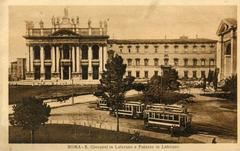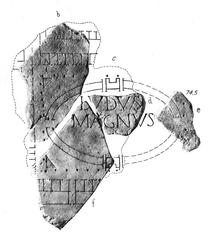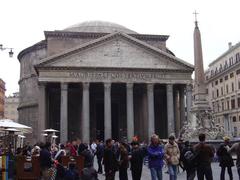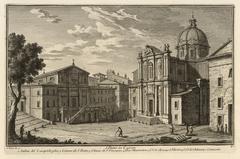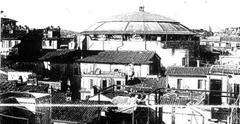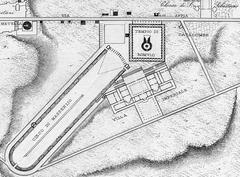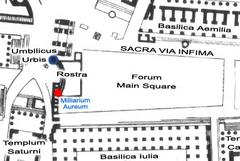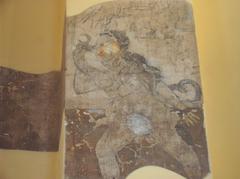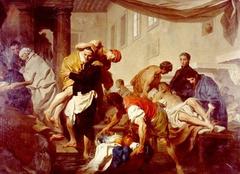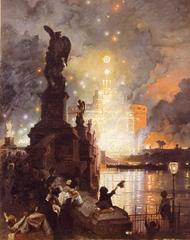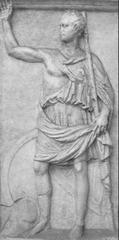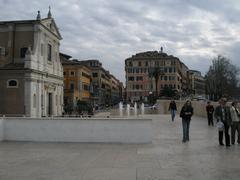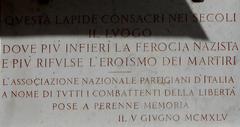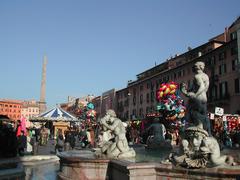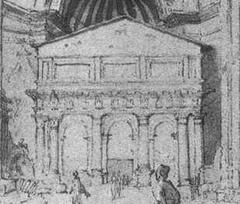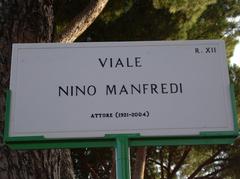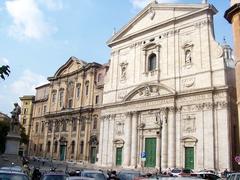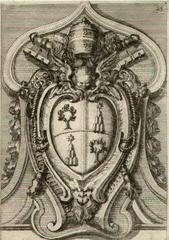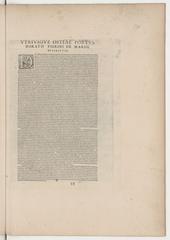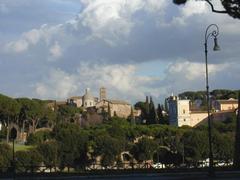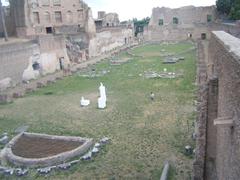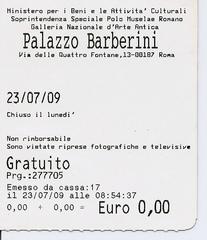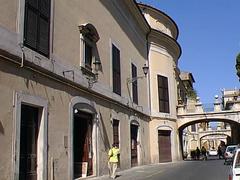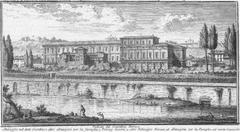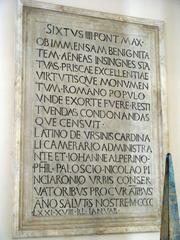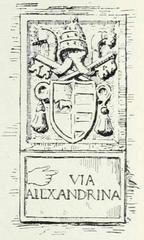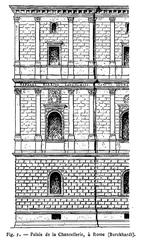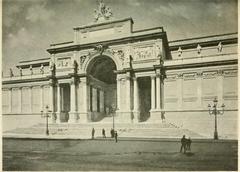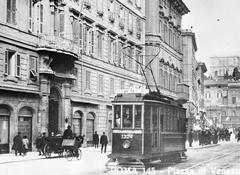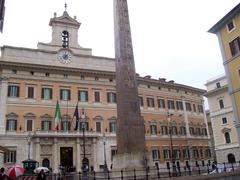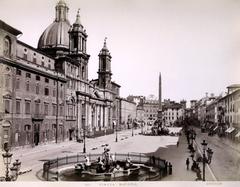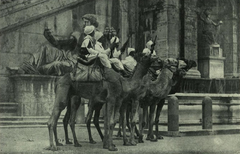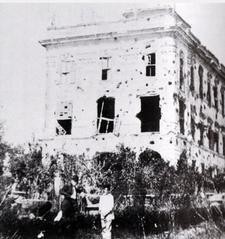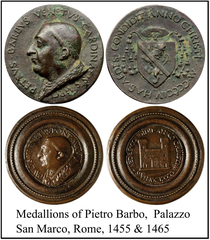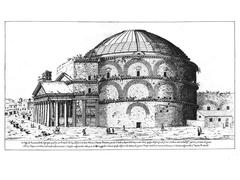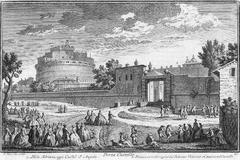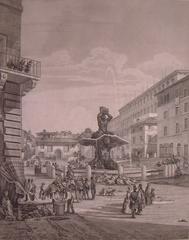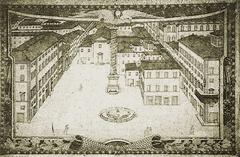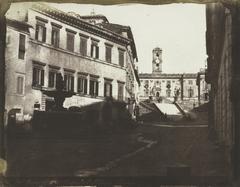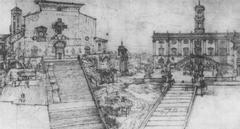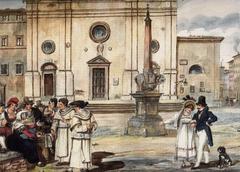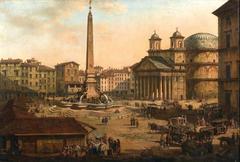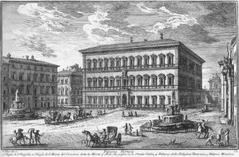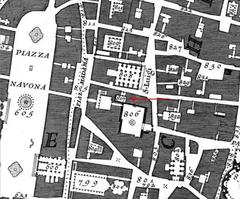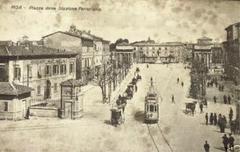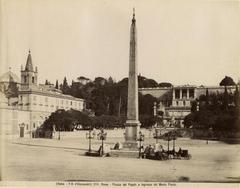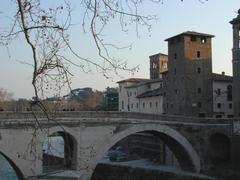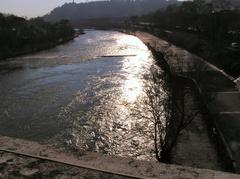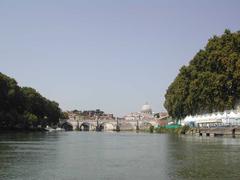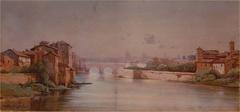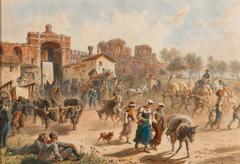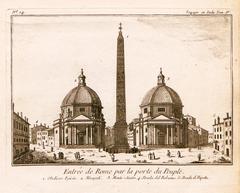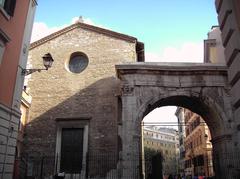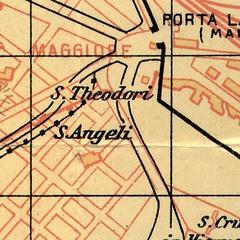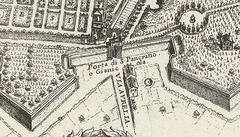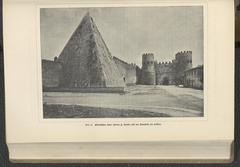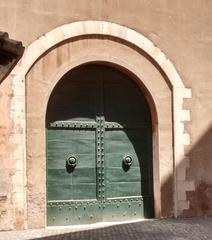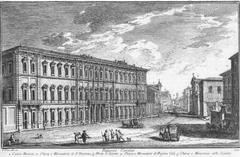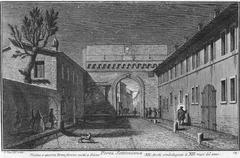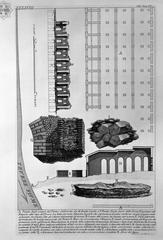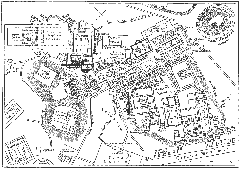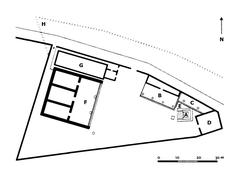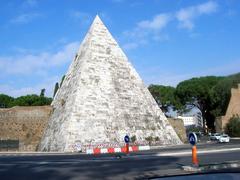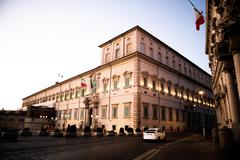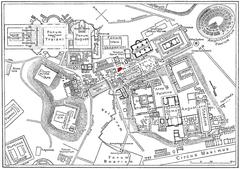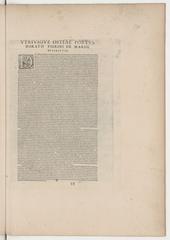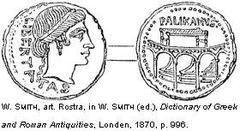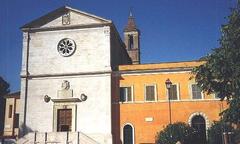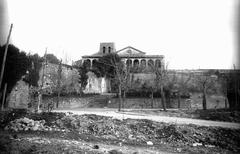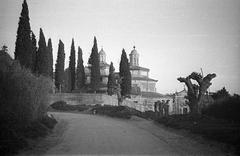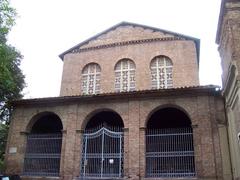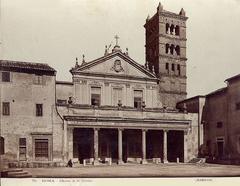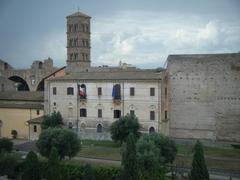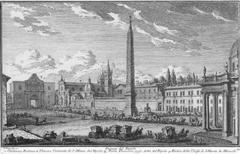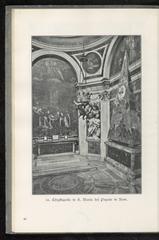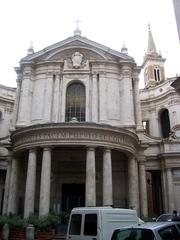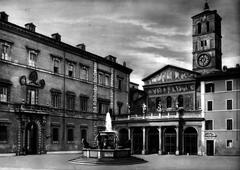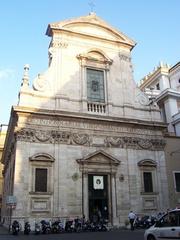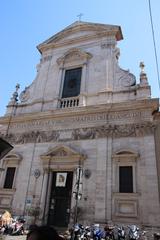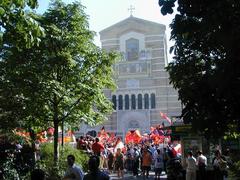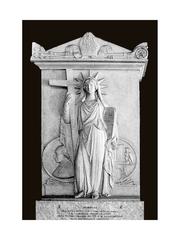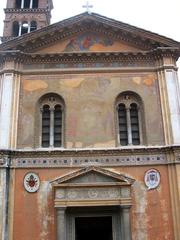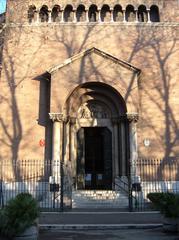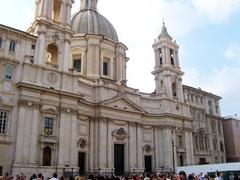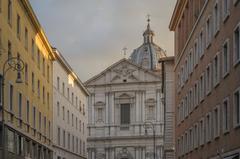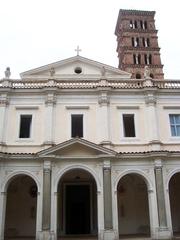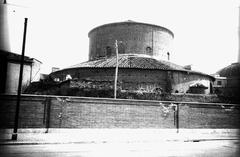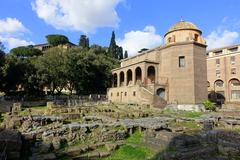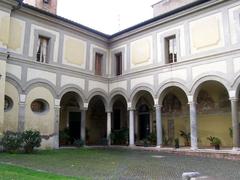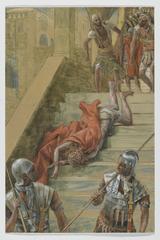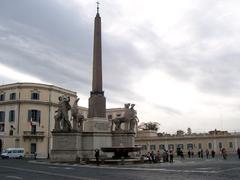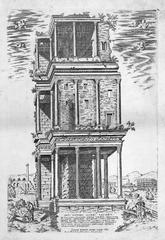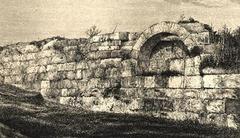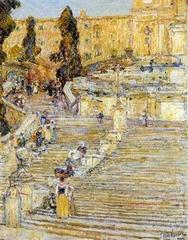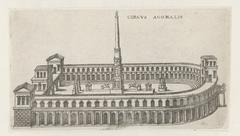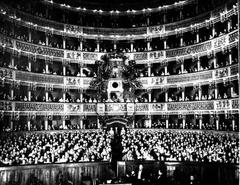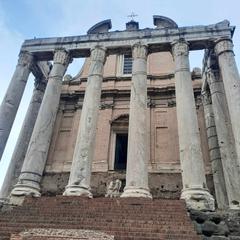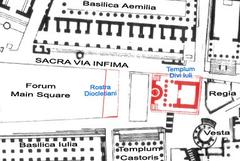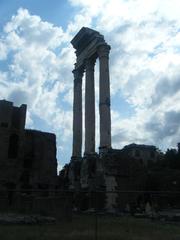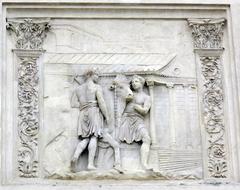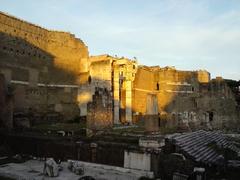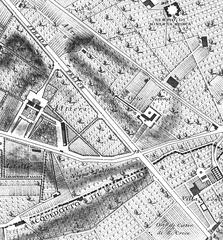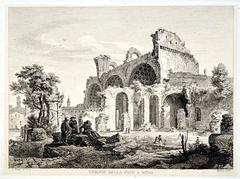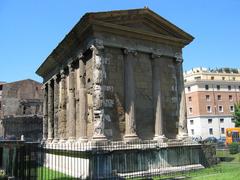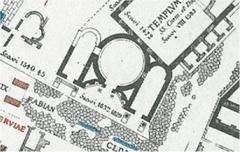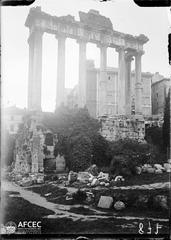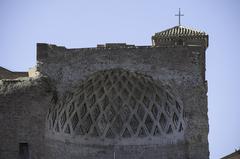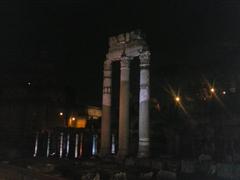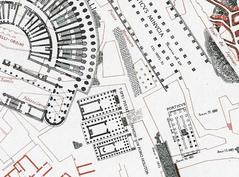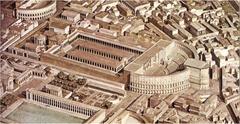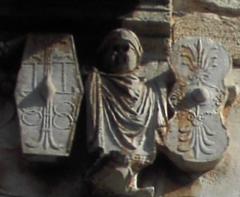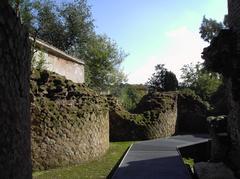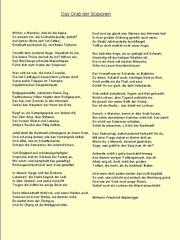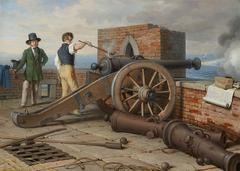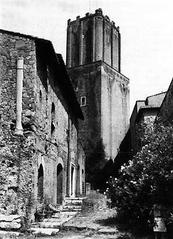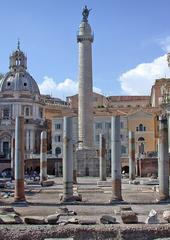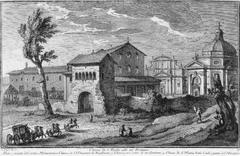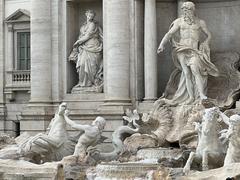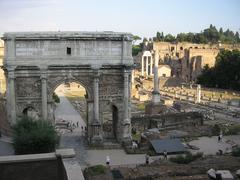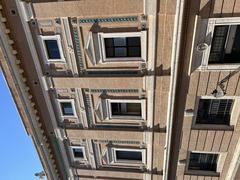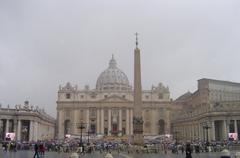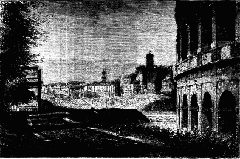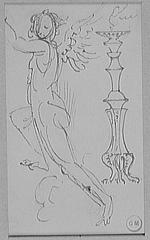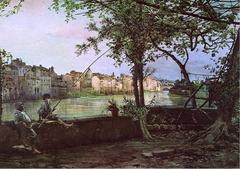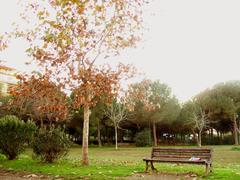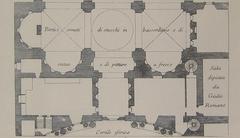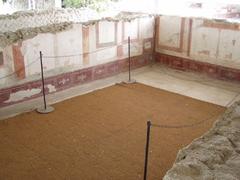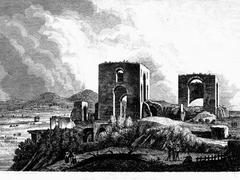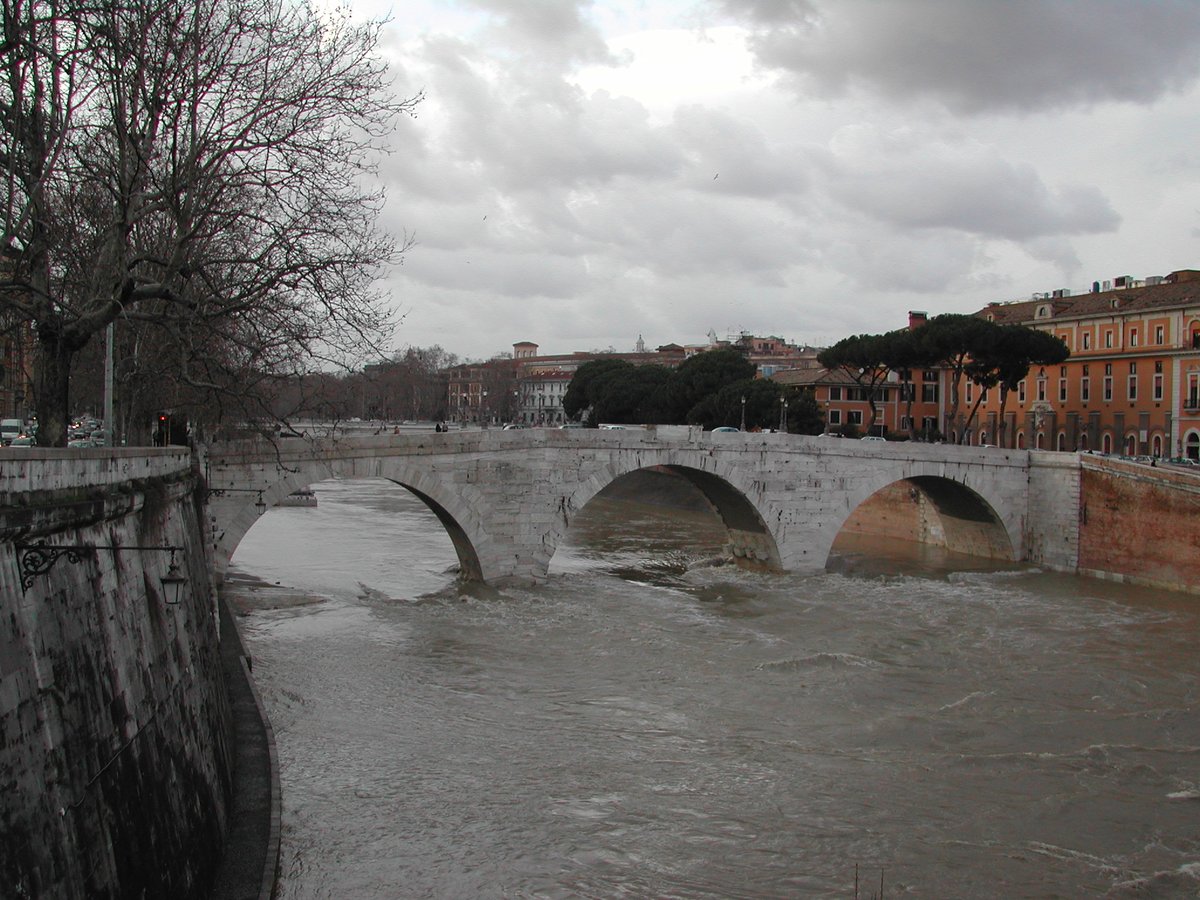
Comprehensive Guide to Visiting Ponte Cestio, Rome, Italy
Date: 23/07/2024
Introduction
Ponte Cestio, also known as the Cestius Bridge, is one of the oldest and most historically significant bridges in Rome, Italy. This ancient bridge has connected the Tiber Island to the Trastevere district for over two millennia, dating back to the 1st century BCE during the late Roman Republic. Named after Lucius Cestius, the bridge exemplifies Roman engineering prowess, featuring three arches constructed using tuff and travertine (Rome.net). Over the centuries, Ponte Cestio has undergone multiple modifications and restorations, reflecting a blend of architectural styles from different periods. This guide aims to provide a comprehensive overview of Ponte Cestio, including its rich history, cultural significance, practical visitor information, and preservation efforts. Whether you are a history enthusiast, an architecture aficionado, or a curious traveler, Ponte Cestio offers a unique glimpse into the heart of ancient Rome (Ancient.eu).
Table of Contents
- Introduction
- Ancient Origins
- Roman Engineering
- Medieval Modifications
- Renaissance Reconstruction
- Modern Era and Preservation
- Archaeological Discoveries
- Cultural Significance
- Visitor Information
- Preservation Efforts
- FAQ
- Conclusion
Discover the Rich History and Visitor Information of Ponte Cestio, Rome’s Ancient Bridge
Ancient Origins
Ponte Cestio’s origins date back to the 1st century BCE, during the late Roman Republic. The bridge was named after Lucius Cestius, a prominent Roman figure, although the exact identity of this individual remains a subject of historical debate. Some sources suggest he might have been a magistrate or a wealthy patron who funded the construction (Rome.net).
Roman Engineering
The original structure of Ponte Cestio was a testament to Roman engineering prowess. It was built using tuff, a type of volcanic rock, and travertine, a form of limestone commonly used in Roman architecture. The bridge featured three arches, with the central arch being the largest, spanning approximately 24 meters. The two smaller arches on either side measured around 5.8 meters each. This design allowed the bridge to withstand the strong currents of the Tiber River and facilitated the flow of water during floods (Ancient.eu).
Medieval Modifications
Over the centuries, Ponte Cestio underwent several modifications and restorations. During the medieval period, the bridge was partially rebuilt using materials from other ancient Roman structures. In the 12th century, Pope Innocent II ordered significant repairs, incorporating spolia (reused building materials) from the nearby Theatre of Marcellus. This practice of recycling materials was common in medieval Rome, reflecting both the scarcity of resources and the enduring legacy of Roman engineering (Rome Art Lover).
Renaissance Reconstruction
The most significant reconstruction of Ponte Cestio occurred in the late 16th century. In 1584, Pope Gregory XIII commissioned a major renovation of the bridge. The project was overseen by the architect Matteo di Castello, who aimed to preserve the original Roman design while enhancing the bridge’s structural integrity. The central arch was widened, and the smaller arches were reinforced with additional masonry. The bridge’s parapets were also raised to improve safety for pedestrians. This reconstruction ensured the bridge’s continued use and preserved its historical significance (Rome Art Lover).
Modern Era and Preservation
In the 19th and 20th centuries, Ponte Cestio faced new challenges as Rome modernized. The construction of new bridges and the expansion of the city’s infrastructure threatened the historical integrity of the ancient bridge. However, efforts were made to preserve Ponte Cestio as a vital link between the Tiber Island and the Trastevere district. In the early 20th century, the bridge underwent further restorations to address structural issues and prevent deterioration. These efforts included the use of modern materials and techniques to reinforce the ancient masonry (Rome.net).
Archaeological Discoveries
Archaeological excavations around Ponte Cestio have provided valuable insights into its history and construction. In the 1990s, excavations revealed remnants of the original Roman foundations, including sections of the tuff and travertine masonry. These findings confirmed the bridge’s ancient origins and highlighted the advanced engineering techniques employed by Roman builders. Additionally, artifacts such as pottery, coins, and tools were discovered, shedding light on the daily life and activities of the people who used the bridge over the centuries (Archaeology.org).
Cultural Significance
Ponte Cestio holds a special place in the cultural and historical landscape of Rome. As one of the few remaining ancient bridges in the city, it serves as a tangible link to Rome’s illustrious past. The bridge’s enduring presence is a testament to the ingenuity and resilience of Roman engineering. It also symbolizes the continuity of urban life in Rome, connecting different eras and communities across the Tiber River. Today, Ponte Cestio remains a popular destination for tourists and locals alike, offering a unique perspective on the city’s rich history (Rome.net).
Visitor Information
For those planning to visit Ponte Cestio, here is some practical information:
- Visiting Hours: Ponte Cestio is accessible 24/7, making it convenient for visitors at any time of day.
- Tickets: There is no admission fee to walk across the bridge.
- Nearby Attractions: While visiting Ponte Cestio, consider exploring nearby attractions such as the Tiber Island, the Basilica di San Bartolomeo all’Isola, and the vibrant Trastevere district.
- Accessibility: The bridge is accessible to pedestrians, including those with mobility impairments. However, the surrounding area may have uneven surfaces.
- Guided Tours: Several guided tours of Rome include stops at Ponte Cestio, offering historical insights and interesting anecdotes.
- Photographic Spots: The bridge and its surroundings provide excellent photo opportunities, especially during sunrise and sunset.
Preservation Efforts
In recent years, preservation efforts have focused on maintaining the structural integrity and historical authenticity of Ponte Cestio. Conservationists and engineers have worked together to address issues such as erosion, pollution, and the impact of modern traffic. These efforts have included regular inspections, cleaning, and the use of advanced materials to reinforce the bridge’s masonry. Additionally, initiatives to promote public awareness and appreciation of the bridge’s historical significance have been implemented, ensuring that Ponte Cestio continues to be cherished as a cultural and architectural treasure (Rome Art Lover).
FAQ
Q: What is the best time to visit Ponte Cestio? A: Early morning or late afternoon are ideal times to visit, offering beautiful lighting for photography and a quieter atmosphere.
Q: Are there any special events held at Ponte Cestio? A: While the bridge itself does not host events, the surrounding areas often have cultural and historical events that visitors can enjoy.
Q: How long does it take to visit Ponte Cestio? A: A visit to the bridge can be as short as 15 minutes, but exploring the nearby attractions can take a few hours.
Q: Is there any guided tour available for Ponte Cestio? A: Yes, several guided tours of Rome include stops at Ponte Cestio, providing historical insights and interesting anecdotes.
Conclusion
Ponte Cestio’s rich history, from its ancient Roman origins to its modern preservation, reflects the enduring legacy of Rome’s architectural and engineering achievements. As a vital link between the Tiber Island and the Trastevere district, the bridge has played a crucial role in the city’s development and continues to be a symbol of Rome’s historical and cultural heritage. Plan your visit to Ponte Cestio and discover a piece of Rome’s fascinating past.
References
- Rome.net, n.d., https://www.rome.net/ponte-cestio
- Ancient.eu, n.d., https://www.ancient.eu/architecture/
- Rome Art Lover, n.d., http://www.romeartlover.it/Isola.html
- Archaeology.org, n.d., https://www.archaeology.org/
